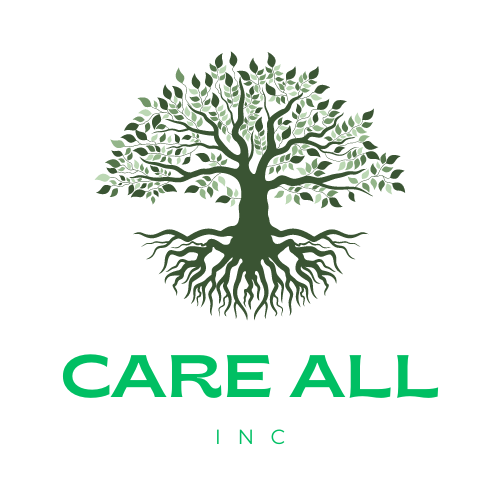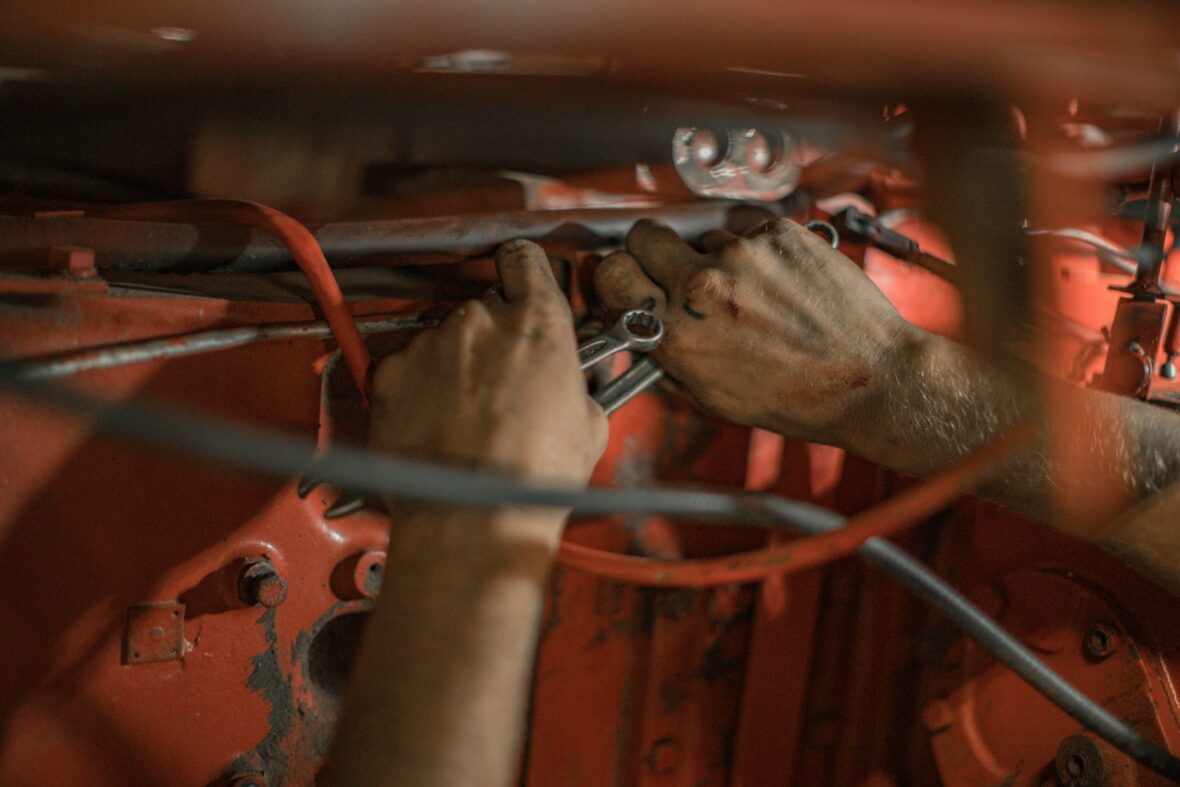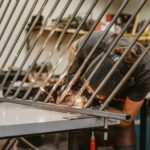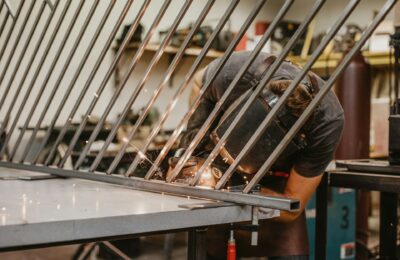When one component fails, a whole machine can grind to a halt. Downtime, lost output, and emergency repairs become pressing issues, especially for businesses that depend on reliable machinery. Selecting the right replacement parts for mechanical repairs isn’t just about a quick fix; it’s about long-term performance, safety, and smart spending.
This guide will walk you through the essentials of sourcing and selecting mechanical repair parts. You’ll learn the difference between OEM and aftermarket components, how to assess compatibility, when to consider quality over cost, and the most effective ways to streamline MRO (Maintenance, Repair, and Operations) selection for your business.
By the end, you’ll be ready to make informed decisions that protect your equipment and your budget.
Understanding the Role of Replacement Parts in Equipment Maintenance
Replacement parts aren’t just spare pieces sitting on a shelf. They are the backbone of effective equipment maintenance. Using the right parts keeps downtime to a minimum and production lines moving.
The Importance of Timely Replacements
- Quick intervention prevents minor issues from turning into major failures.
- Equipment maintenance schedules rely on having the correct industrial replacement parts ready.
- Planned maintenance with quality parts reduces emergency fixes and overall repair expenses.
Weighing OEM and Aftermarket Options
Not all replacement parts are created equal. The two main options are Original Equipment Manufacturer (OEM) parts and aftermarket alternatives.
OEM Parts
- Produced by the same company that made your machine.
- Generally guaranteed for fit and function.
- Often come at a higher cost but with assured compatibility and warranty support.
Aftermarket Parts
- Manufactured by third-party companies.
- Frequently offer competitive pricing and availability.
- Quality can vary, so due diligence is critical.
How to Decide
- For complex, high-value machines, OEM may be worth the investment.
- For routine MRO selection and less critical repairs, vetted aftermarket options may save money without compromising performance.
Evaluating Part Compatibility and Specifications
Choosing a part that looks right isn’t enough. Ensuring compatibility is vital for reliable repairs.
What to Check
- Match model numbers, dimensions, tolerances, and material specifications.
- Cross-reference with machine documentation or this website offering detailed industrial replacement part listings.
- Consulting equipment manuals and parts diagrams help avoid costly installation mistakes.
Common Pitfalls
- Overlooking small differences in part versions can cause breakdowns.
- Underestimating the importance of up-to-date documentation may lead to ordering the wrong part.
Balancing Quality, Cost, and Availability
Price matters, but it shouldn’t be the only factor in your decision.
Why Quality Can’t Be Ignored
- High-quality parts often have longer lifespans, reducing future maintenance needs.
- Poor-quality substitutes risk more frequent breakdowns and even damage to other machine components.
Considering Cost
- Bulk purchases and long-term supplier agreements can lead to savings.
- Immediate savings from cheaper parts may vanish with repeated replacements.
Checking Availability
- Rely on suppliers known for robust stock and quick delivery of your mechanical repair parts.
- Scarce parts may justify investing in spares before an urgent need arises.
Sourcing Reliable Suppliers for MRO Needs
Finding a steady, trustworthy supplier is as important as the parts themselves.
How to Assess a Supplier
- Do they have a track record for prompt shipping and accurate order fulfillment?
- Are they experienced in your industry and familiar with your machinery?
- Does this website offer customer reviews and real-world performance feedback for their industrial replacement parts?
Building Partnerships
- Strong relationships lead to better deals, first access to hard-to-find parts, and priority support when urgent issues arise.
- Many businesses find value in consolidating orders with a few trusted sources.
Leveraging Technology and Data for Smart Inventory Control
Modern facilities harness technology to refine how they choose and stock parts.
Inventory Management Systems
- These digital tools help you track usage trends, forecast repairs, and prevent overstocking or shortages.
- Automated systems can prompt timely restocks, reducing manual monitoring.
The Rise of Predictive Maintenance
- Data analytics and IoT sensors allow you to anticipate when certain parts will wear out.
- Proactive replacement reduces both the risk of failure and unnecessary inventory buildup.
Training Your Maintenance Teams for Best Results
Even the best part is only as effective as the technician installing it.
Why Training Matters
- Teams familiar with equipment models, installation techniques, and part recognition minimize mistakes.
- Ongoing education ensures your team is up-to-date with the latest products and procedures.
Practical Tips
- Encourage hands-on workshops with suppliers and equipment manufacturers.
- Maintain a clear reference system so technicians always have access to specs and compatibility information.
Take Control of Your Mechanical Repairs
Choosing the right replacement parts safeguards your equipment, your safety, and your bottom line. Weigh the trade-offs between OEM and aftermarket, verify compatibility, and prioritize supplier reliability.
By balancing quality, cost, and availability, and empowering your maintenance team with training and the right tools, you set your business up for operational success. Stay proactive in your approach. Streamlined MRO selection and effective equipment maintenance are ongoing processes but they consistently deliver benefits.
When next faced with a repair, use these strategies to keep your machinery running smoothly and your downtime to a minimum.






